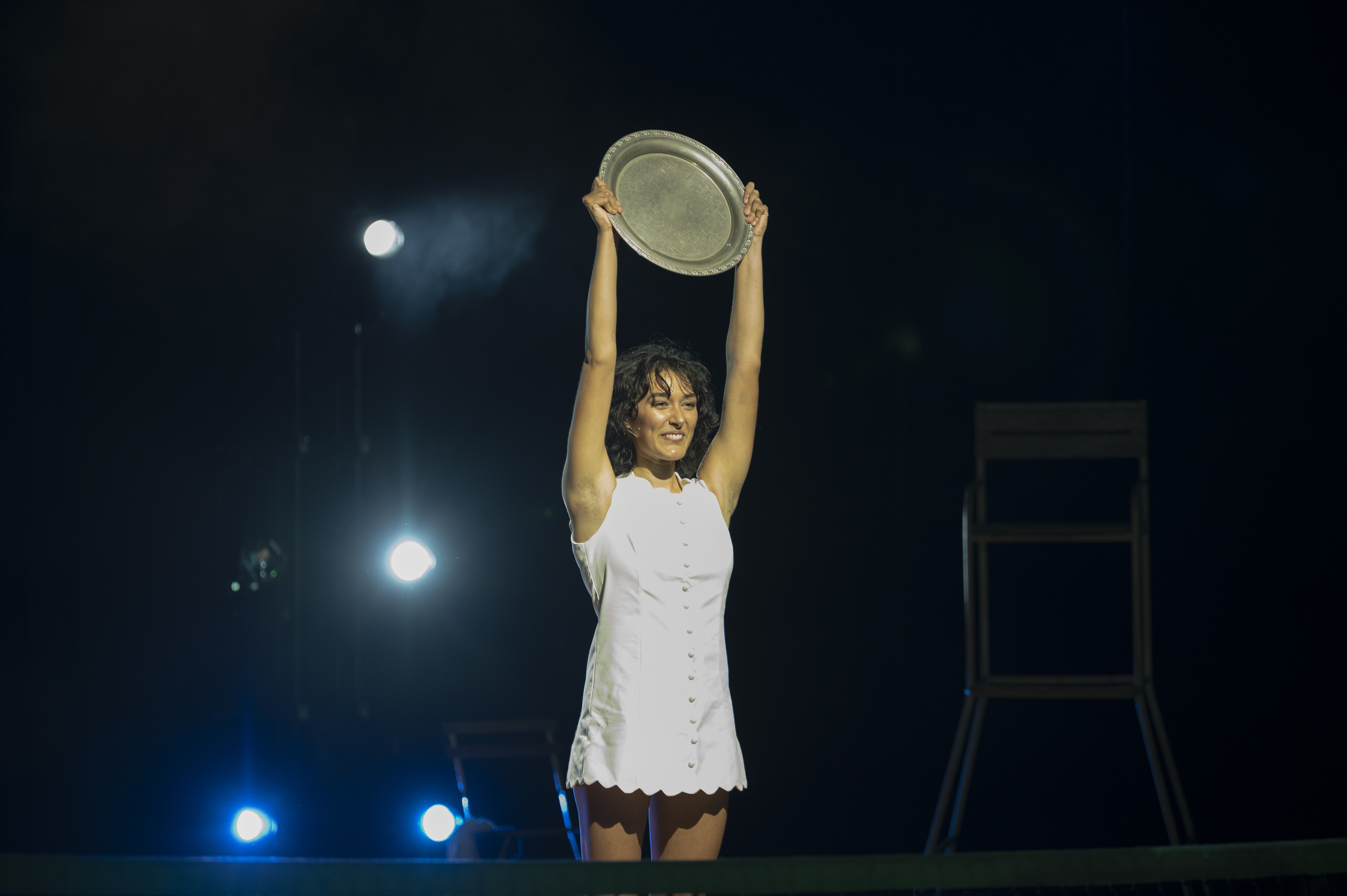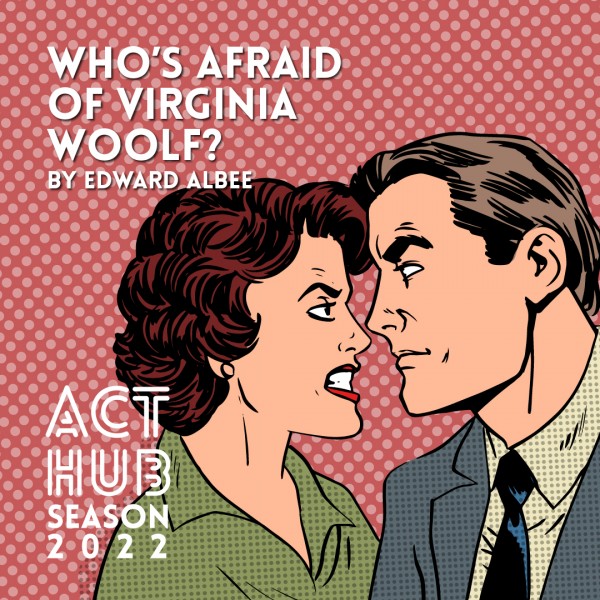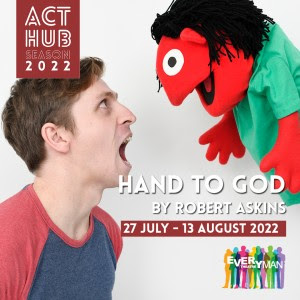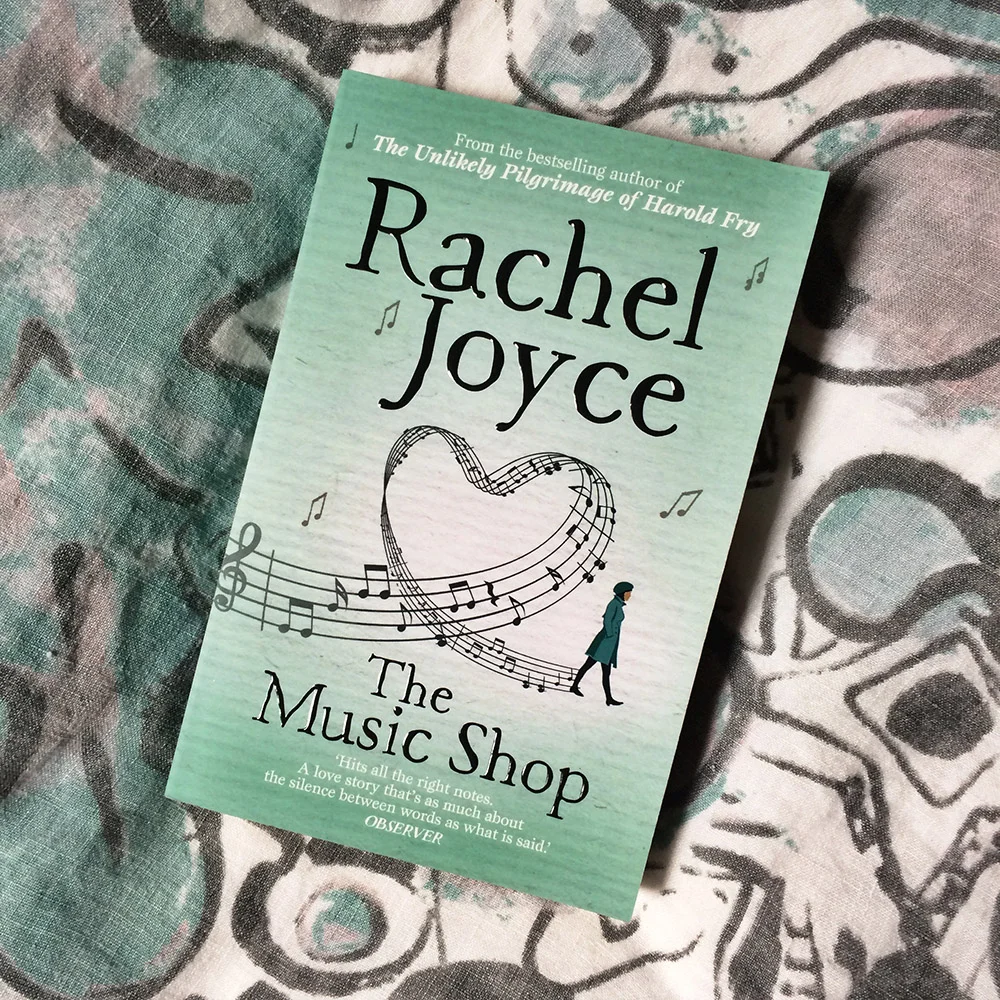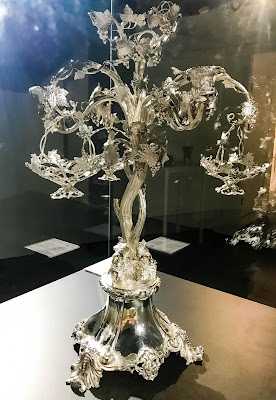Warning: Aboriginal and Torres Strait Islander readers are advised that this post contains names and depictions of deceased persons.
A few weeks ago I was in Parramatta for work, and as I went for a morning jog along the Parramatta River, I stumbled (quite literally) across this intriguing mural that snaked its way along the path. The artwork was designed, hand-painted and installed by artist Jamie Eastwood, a descendant of the Ngemba people of far northwestern NSW.
It gives a snapshot of the history of Parramatta from before 1788 to the present day from an Aboriginal perspective. The salt water and fresh water met in the Parramatta area, making the river an important place for food, and a place for meeting and trade between the clan groups of the Darug nation. The paintings tell of early conflicts between settlers and the Darug clanspeople, their resistance to colonial domination, the mistreatment of the Stolen Generations, and recent efforts towards reconciliation. The artist's vision states,
"I hope that the pathway artworks will provide an insight into some aspects of Parramatta's history prior to colonisation, the significance associated with the area and give recognition to the Burramattagal people and neighbouring clans that originally occupied the area. This will create community awareness from an Indigenous viewpoint. Apart from providing cultural education, I hope that the pathway will provide something beautiful that will flow with the riverine environment."

Another sign explains a little about the Aboriginal art in NSW , which includes richly-decorated cave paintings, engravings on rock shelters, carved designs on living trees, body decorations, and painted and carved designs on wooden weapons and tools. Although cultural traditions and spirituality was associated with most of the artwork, some artwork was made for decorational purposes alone. The design and figures depicted varied across the state, often including human figures, animals, fish and white or red hands of cave-dwelling people.
It goes on to explain that evidence of the ancient and rich artistic and religious traditions of Australian Aboriginal people still exist in special places and locations across NSW. These significant and ancient sites should be protected for future generations. Aboriginal art continues to flourish in NSW. Contemporary Aboriginal art has responded to the urban environment, blending traditional images of the past with modern colours and design of today.

Before the arrival of Europeans in 1788, the Sydney area was occupied by three different Aboriginal tribal groups: the Dharug; Kurinngal; and Dharawal. Each group had its own recognised territory which they associated with a particular ancestral dreaming animal or totem. The Burramattagal clan who lived in the Parramatta area were members of the Dharug group, and associated the eel as its totem. The word Parramatta (first used in June 1791) is derived from the name Burramatta. Burramatta is based on the Aboriginal word burra meaning eel. A literal translation of Burramaata is place where the eels lie down.
Some species of eel migrate from the salt water to fresh water to spawn and the name Burramatta is probably associated with the eel migration up the Parramatta River. Parramatta is located at the meeting point of salt and fresh waters which historically was in the vicinity of Barry Wilde Bridge; the meeting of salt and fresh water is now at Charles Street Weir.
Across Australia, Aboriginal people lived by hunting, fishing and collecting a wide variety of plants. In the inland rivers fishing was aided by spears, hand lines and traps. Spears usually had four prongs made from bone or ironwood. Hand lines were made from hair or bush fibres twined into a string. Traps were built from logs, stones or bush brush set across rivers or creeks, taking advantage of the tides and seasonal migration of certain fish (mainly mullet and bream) and eels.
With the establishment of a European settlement at Parramatta, the Burramattagal clan was devastated by introduced diseases such as influenza, measles and the 1789 smallpox epidemic. By 1830 there were no known survivors of the Burramattagal clan.
The circles depicted in this section of the pathway represent the Burramattagal and neighbouring clans who lived in the Parramatta area. The largest circle represents the Burramattagal camp site where the three smaller circles represent the neighbouring clan and their camp sites - the Tugagal clan at Toongabbie, the Watergoro clan at Duck Creek and the Wangal clan at Rose Hill.
For tens of thousands of years Australian Aboriginal people lived in harmony with the land. In 1788, the ships Sirius and Supply, along with six transport vessels and three store ships sailed into Botany Bay. The white people would have looked like ghostly spirits, frightening the Aboriginal people who first saw them. Their arrival marked the beginning of the invasion of the Aboriginal way of life, land and culture. The Aboriginal culture, one of the oldest on earth, was suddenly changed almost overnight.
While initial contact between the Aboriginal people and early settlers was friendly, conflict was soon to follow as the Aboriginal people were dislocated from their land and felt the effects of colonial settlement on the environment and their way of life. Many Aboriginal people in showing their disapproval of the new conditions fought to retain their land and culture.
Baludarri befriended Governor Phillip and lived at Government House, Sydney, from late 1790 to early 1791. Baludarri left Government House to join other Aboriginal people on a seasonal fishing trip in the vicinity of Parramatta. He began to trade fish with residents of Parramatta after Governor Phillip encouraged the local tribes to exchange their surplus catch for food and other goods.

While Baludarri was trading fish in Parramatta, convicts destroyed his canoe. Baludarri was enraged by the act and sought revenge on the offenders. Governor Phillip intervened and assured Baludarri that the convicts would be punished while in return Baludarri was made to promise that he would not kill white men. Baludarri, according to Aboriginal pay-back tradition, thought that vengeance belonged to him, and speared a convict. When Governor Phillip heard of the spearing, he ordered that Baludarri be outlawed and shot on sight, but he relented on hearing that Baludarri was ill with fever. When Baludarri dies in 1791, he was buried in the Governor's garden in Sydney.
While Sydney was the initial centre for the first wave of settlers, the newcomers rapidly spread to Parramatta. In the area around Sydney, the Erora Tribe fought to maintain their land. The conflict and hostility spread to Parramatta and the outer settlements of Prospect and Toongabbie where a savage war between the Aboriginal people and white settlers was fought between 1771 until 1805.
Although Aboriginal people defended their land ferociously, they were fighting a war against large numbers of armed troops. The Aboriginal people did not have rifles or guns and were also at a disadvantage in numbers and speed of travel. This imbalance ended any resistance to the rapid take-over of their land by the colonialists.
The Aboriginal warrior Pemulwuy became a central figure in the frontier conflict when he speared and killed Governor Arthur Phillip's gamekeeper, John McIntyre, in revenge for the gamekeeper's involvement in the murder of a number of Aboriginal people. Although Governor Phillip previously had a respectful relationship with Pemulwuy, he responded angrily to the killing of the gamekeeper. Phillip dispatched fifty soldiers with orders to bring back the heads of any six men belonging to Pemulwuy's group.
Pemulwuy's challenge to colonial authority lasted for twelve years until his death . During this time he led a series of attacks on farms in the Parramatta district, including a challenge to a stand off in the centre of Parramatta township. Pemulwuy was killed in 1802, and his decapitated head was sent to Sir Joseph Banks in England. After Pemulwuy's death Governor King described him as 'an active, daring leader'.
In 1841 Governor Macquarie established Australia's first school for Aboriginal children at Parramatta known as the Native Institution. William Shelley, a former London missionary, became the first Superintendent. The intention of the Institution was to 'civilise' the Aboriginal people in the Sydney area and to induce Aboriginal people to follow the British way of life, settle down, take up agriculture and to become law-abiding Christians. It was also hoped to teach Aboriginal people arithmetic as well as to read and write.
A total of thirty-seven pupils were admitted during the eight years that the Institution existed. Of this number, some pupils were captured and forced to attend. Others were attending due to strong pressure placed on their parents from government officials. The Institution had few amenities and separated the children from the outside world with fences. In the four months before the school closed in 1822 four students died and another four were sent home seriously ill. From an Aboriginal viewpoint, the Institution was a failure.

The Institution, though short lived, set the pattern for future attempts at 'civilising' Aboriginal people. These attempts were based on protection in reserves and eventually the assimilation policy. Between 1930 and 1969 thousands of Aboriginal children were taken from their homes and placed in white institutions. The children are now known as the 'Stolen Generation'. The vast majority of these children never saw their parents or home territory again. Today many of these people are still searching for their lost past.
This section of the pathway represents a very sad part of Australian history. It represents the Aboriginal children that were stolen from their parents and their homelands. This representation shows the children struggling to stay with their parents while they were being taken away by strangers or officers from the local authorities.
In 1805 local Indigenous representatives and a local settler, John Kennedy, initiated a Peace conference at Parramatta to end hostility between Aboriginal people of the area and the settlers. It was described as 'a conference with a view of opening the way to Reconciliation'. This was one of the earliest uses of the word 'Reconciliation' in the Australian context and the first attempt at Reconciliation of Indigenous and non-Indigenous people in Australia.
The Reconciliation process of the 1990s aims to improves the relationship between Aboriginal people and other Australians by creating a greater understanding of the heritage, culture, past dispossession and present disadvantages of Indigenous Australians. Part of that Reconciliation process is to foster a national ongoing commitment to address issues affecting Australian Aboriginal people during national events such as the Centenary of Australia's Federation and the republic debate.
This section of the pathway represents Reconciliation - coming together to share and learn about Aboriginal culture and heritage. The message stick represents the passing on of knowledge so all Australians can share in a greater understanding of Australia's Indigenous heritage.
 |
| Elizabeth Street footbridge over Parramatta River |

